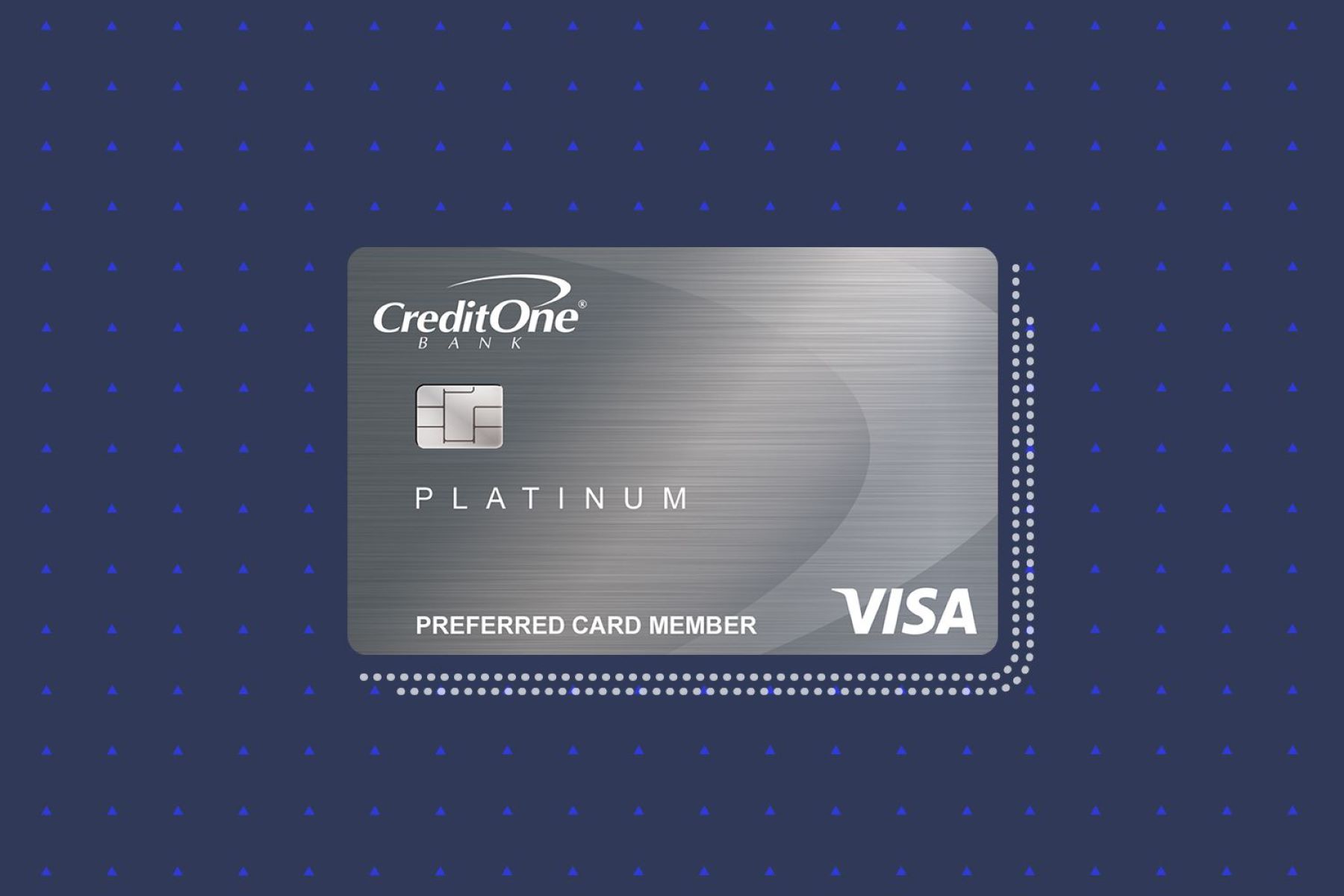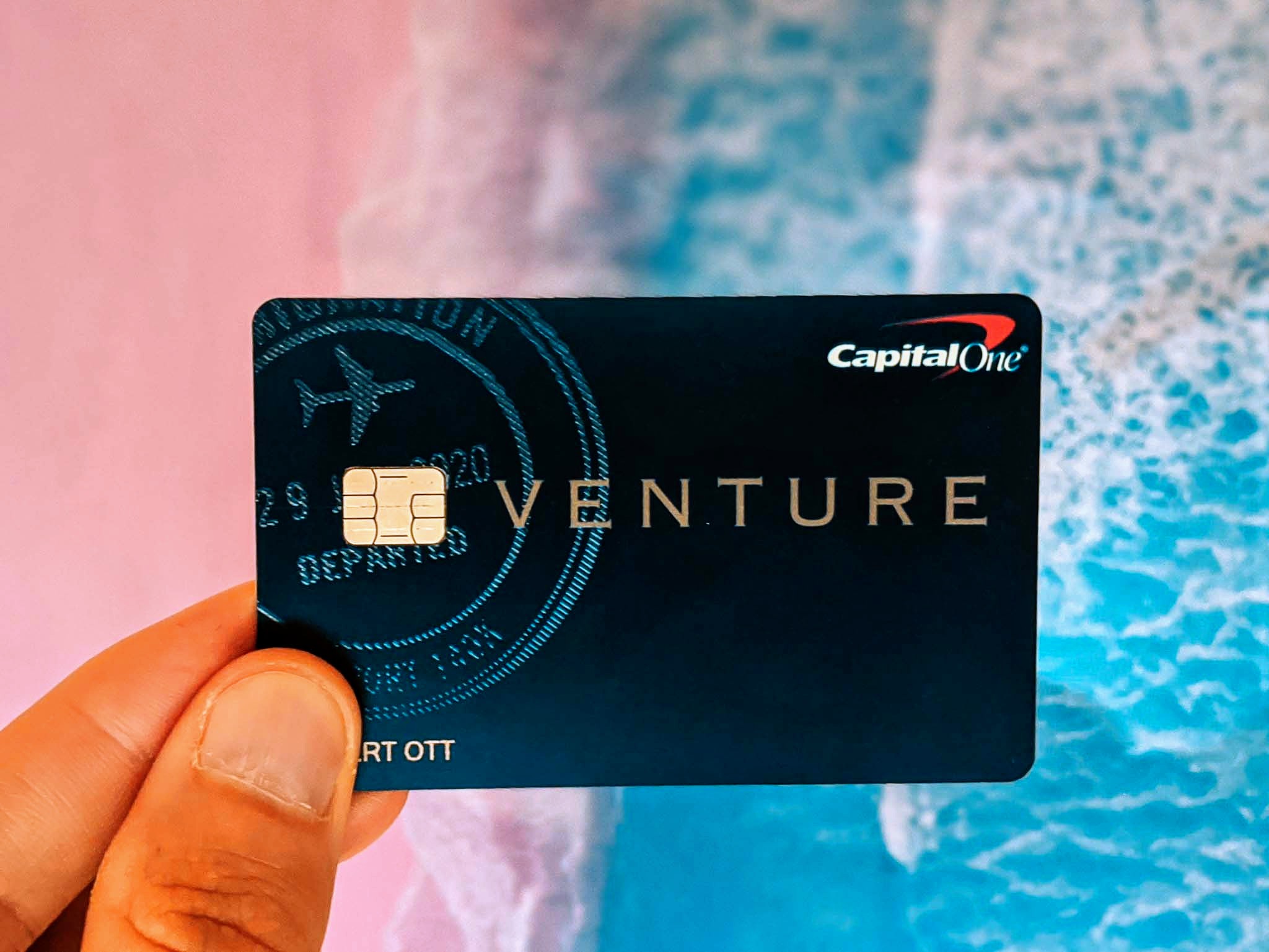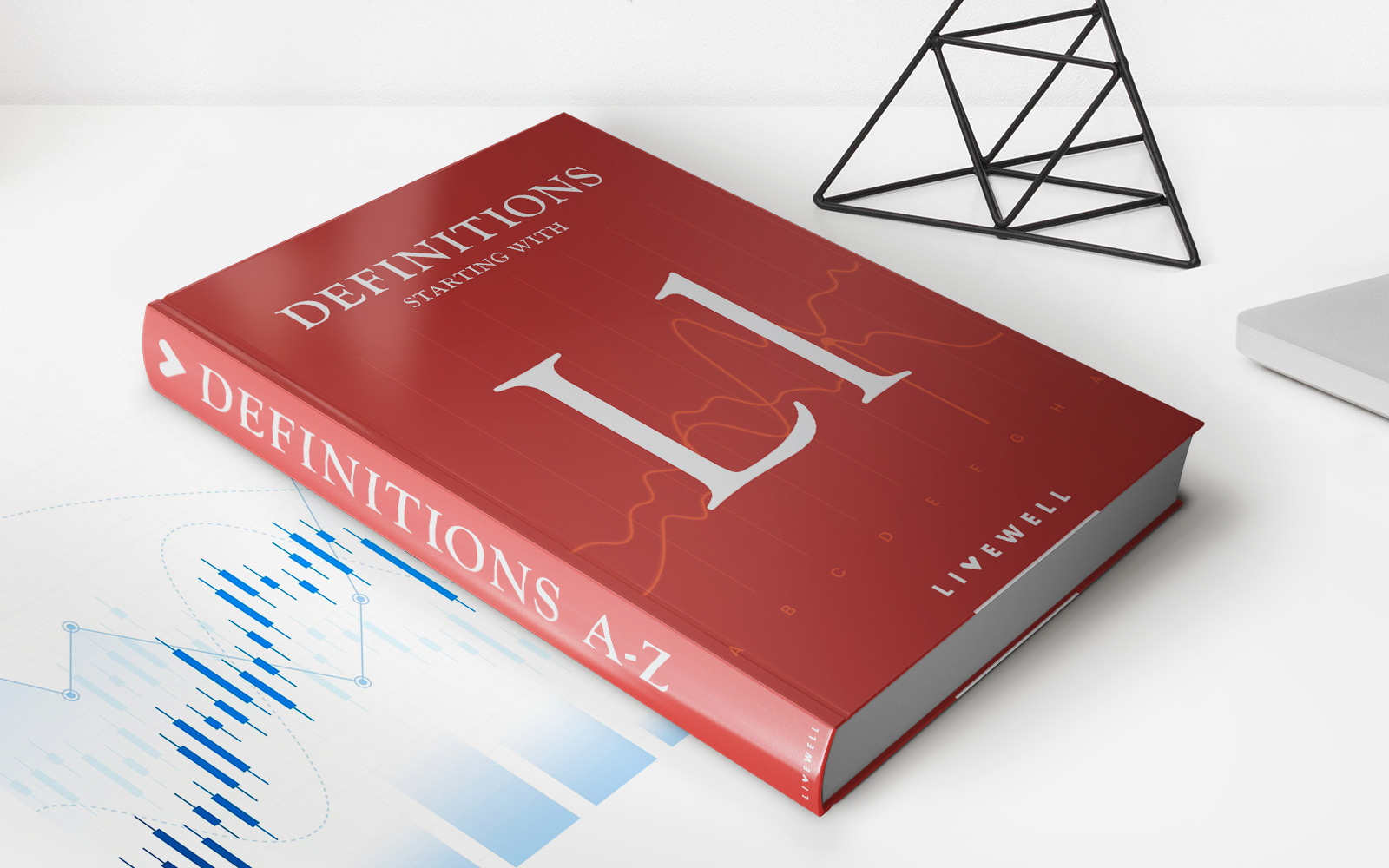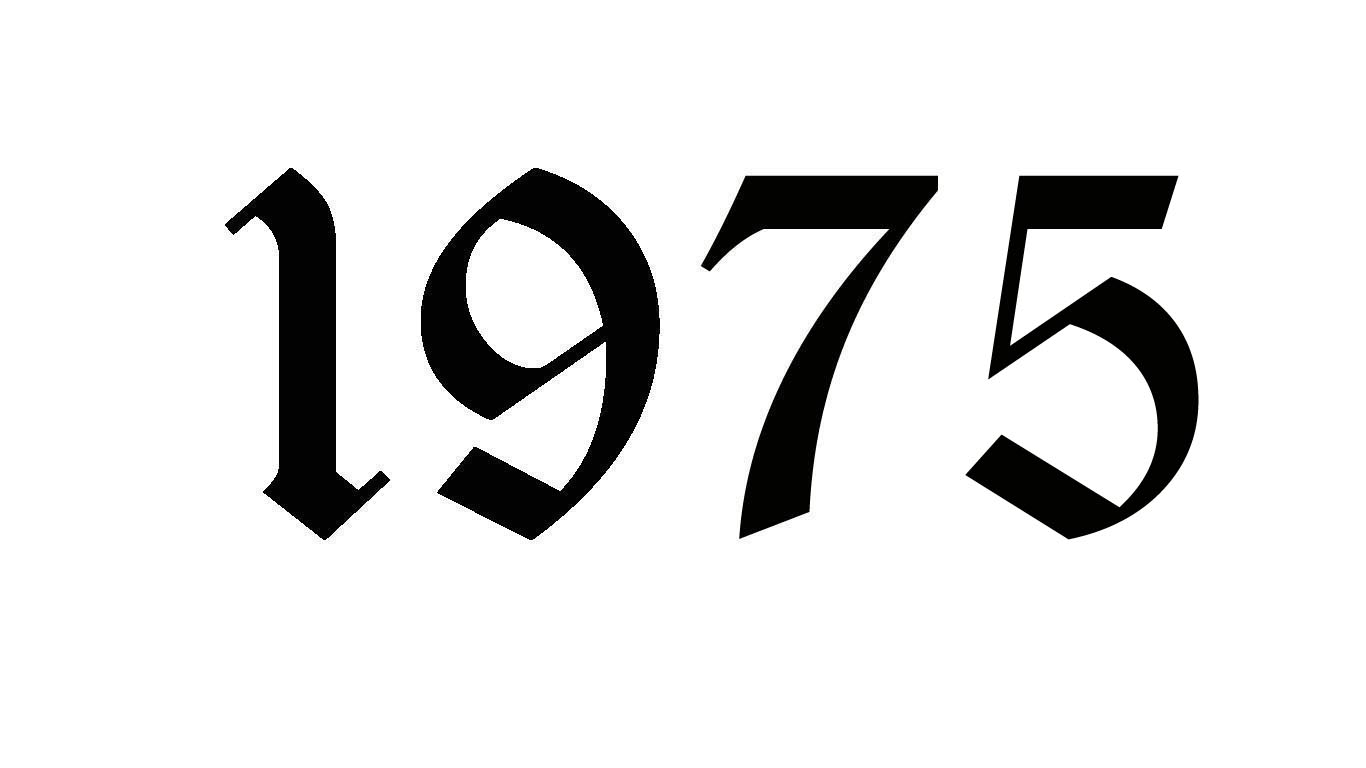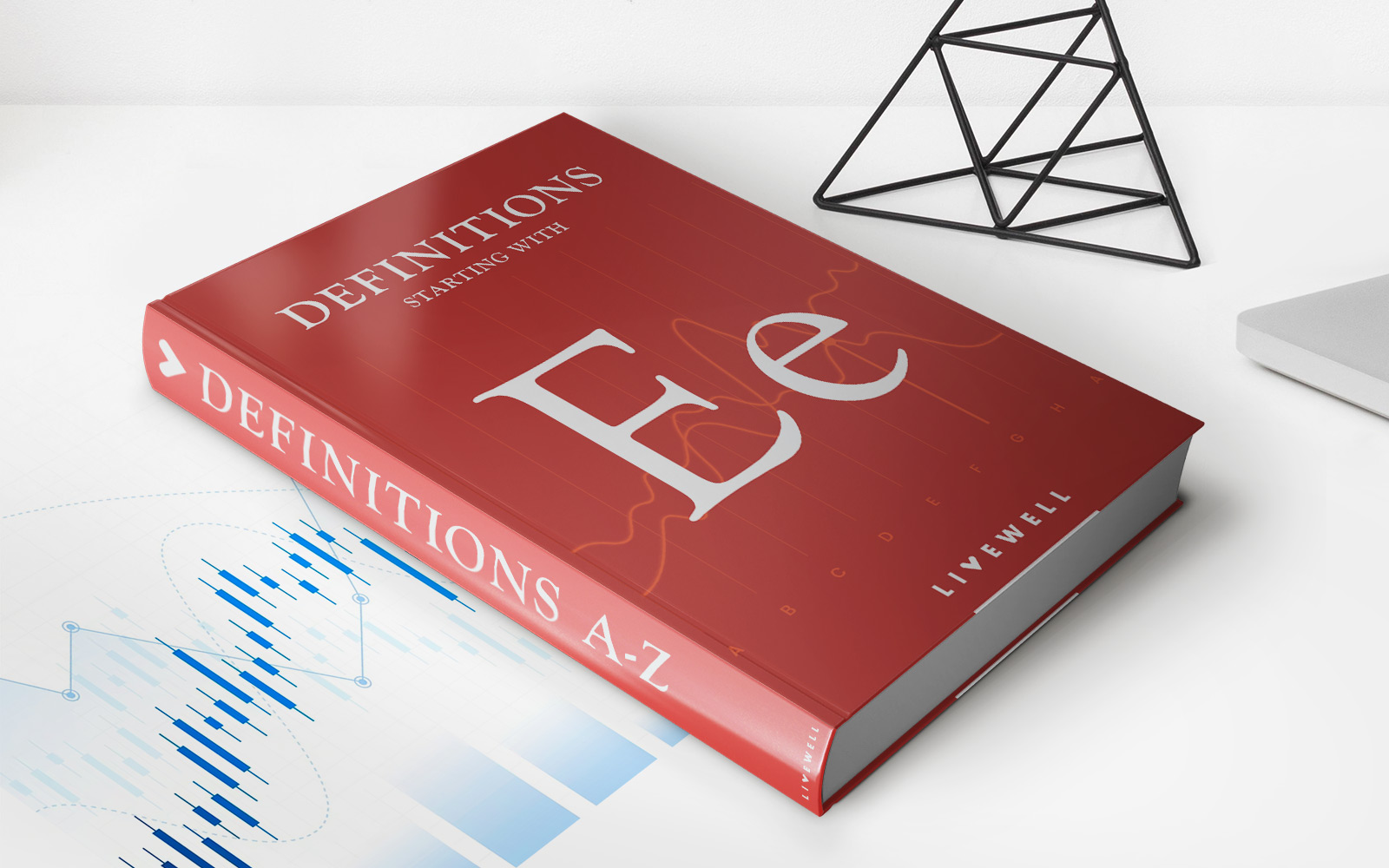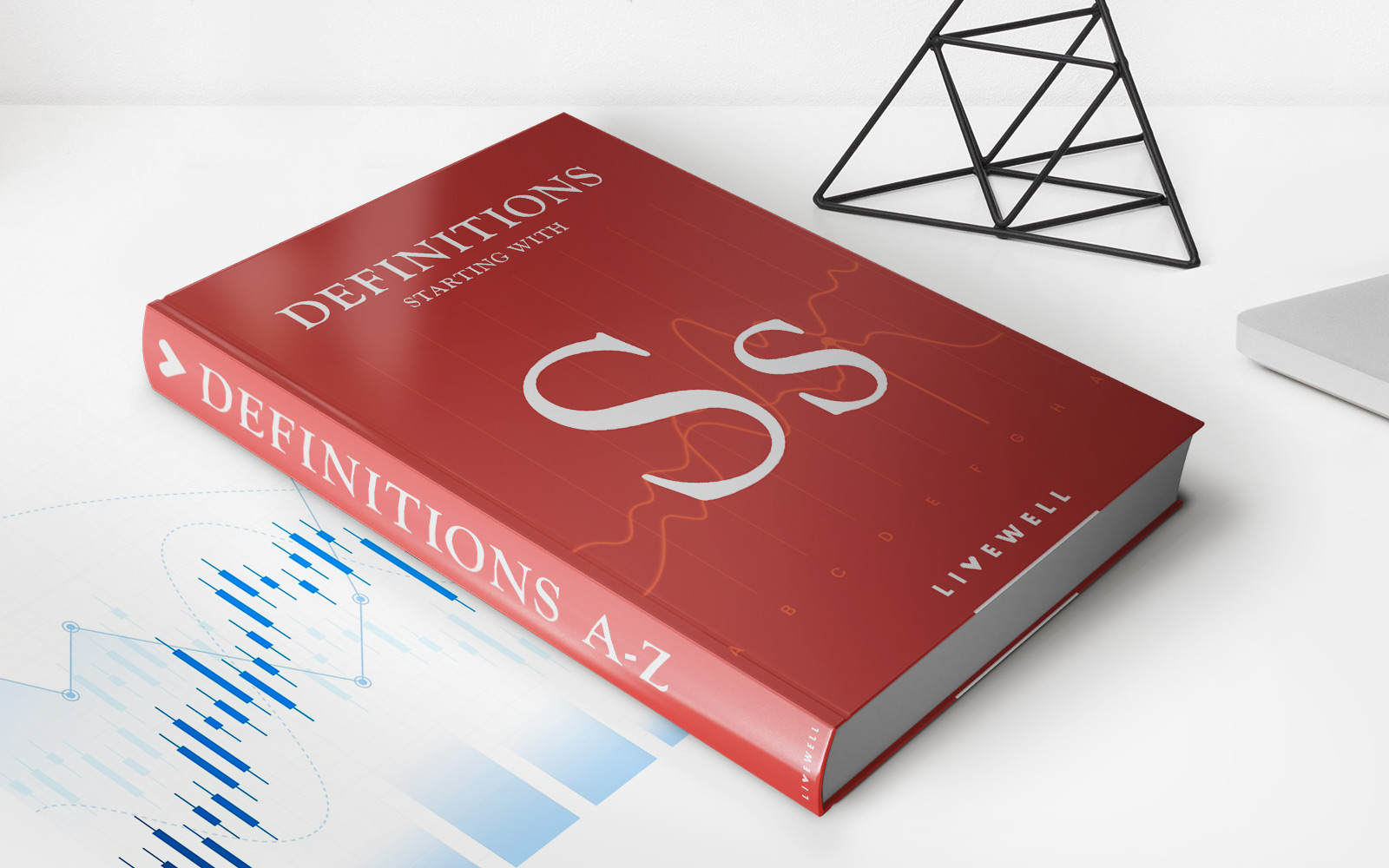Home>Finance>How To Lower Credit Card Interest Rate Capital One


Finance
How To Lower Credit Card Interest Rate Capital One
Published: November 9, 2023
Looking to lower your credit card interest rate with Capital One? Find out how with our expert finance tips and strategies.
(Many of the links in this article redirect to a specific reviewed product. Your purchase of these products through affiliate links helps to generate commission for LiveWell, at no extra cost. Learn more)
Table of Contents
- Introduction
- Understanding Credit Card Interest Rates
- Factors Affecting Credit Card Interest Rates
- Evaluating Your Current Capital One Credit Card Interest Rate
- Negotiating with Capital One for a Lower Interest Rate
- Tips for Lowering Your Credit Card Interest Rate
- Alternative Options for Lowering Your Interest Rate
- Conclusion
Introduction
Welcome to the world of credit cards, where convenience meets financial responsibility. Credit cards offer individuals the ability to make purchases now and pay later, but it’s important to understand that this convenience comes at a cost. That cost is known as the credit card interest rate.
Interest rates can vary greatly from one credit card to another, depending on factors such as the cardholder’s credit history, the type of card, and the credit card issuer. One popular credit card issuer is Capital One, known for its diverse range of credit card options and competitive interest rates.
In this article, we will delve into the world of credit card interest rates, specifically focusing on how to lower the interest rate on a Capital One credit card. Whether you are a current Capital One cardholder looking for ways to reduce your interest expenses or someone considering getting a Capital One credit card, this guide will provide you with valuable insights and strategies.
Understanding credit card interest rates is essential for managing your finances effectively. By gaining a deeper understanding of how these rates work and the factors that influence them, you can take control of your financial future and make informed decisions.
So, let’s dive in and uncover the secrets to lowering your credit card interest rate with Capital One.
Understanding Credit Card Interest Rates
Credit card interest rates can be a bit complex to understand, but it’s crucial to grasp the basics to effectively manage your finances. Essentially, the interest rate on a credit card is the cost you pay for borrowing money from the credit card issuer.
When you carry a balance on your credit card, meaning you don’t pay off the full amount due each month, the credit card company charges you interest on that remaining balance. The interest is usually calculated as an Annual Percentage Rate (APR), which represents the yearly cost of borrowing.
It’s important to note that credit card interest is typically compounding, meaning it accrues on both the principal balance and any accumulated interest. This compounding nature can cause your credit card debt to grow rapidly if left unchecked.
The interest rate you receive on your credit card is determined by several factors. These factors can include your creditworthiness, credit history, and the type of credit card you have. Credit card issuers assess your risk level based on these factors, and their decision to offer you a credit card and what interest rate to charge is influenced by this evaluation.
Credit card interest rates are often categorized into three types:
- Fixed Rate: This means that the interest rate remains the same over time, providing stability and predictability in your monthly payments. Fixed-rate credit cards are less common in today’s market.
- Variable Rate: Variable interest rates can fluctuate over time, typically based on a benchmark rate such as the prime rate. These rates can go up or down, depending on changes in the benchmark rate or other factors.
- Introductory Rate: Some credit cards offer an introductory period with a lower interest rate, often 0%, for a specified duration. After the introductory period ends, the interest rate will adjust to the regular rate based on the card’s terms.
Understanding the type of interest rate on your credit card can help you make informed decisions about managing your debt and exploring opportunities to lower your interest rate.
Now that you have a fundamental understanding of credit card interest rates, let’s explore the factors that can influence your interest rate with Capital One.
Factors Affecting Credit Card Interest Rates
Several factors can influence the interest rate you receive on your Capital One credit card. Understanding these factors can help you evaluate your current interest rate and identify potential opportunities for negotiation or improvement.
1. Credit History: Your credit history plays a significant role in determining your credit card interest rate. Lenders, including credit card issuers like Capital One, use your credit history to evaluate your creditworthiness and assess the risk of lending to you. If you have a solid credit history with a high credit score, you are likely to be offered a lower interest rate. On the other hand, if you have a poor credit history or a low credit score, you may be charged a higher interest rate or even be denied a credit card altogether.
2. Card Type: The type of credit card you have can also impact your interest rate. Premium rewards cards or cards with exclusive perks may come with higher interest rates to offset the additional benefits they offer. On the other hand, basic credit cards may have lower interest rates as they typically have fewer rewards and benefits.
3. Market Conditions: General market conditions, such as fluctuations in the economy and interest rates set by the Federal Reserve, can affect credit card interest rates. During periods of economic growth and stability, interest rates may be lower. Conversely, during times of economic uncertainty or a rising interest rate environment, credit card interest rates may increase.
4. Payment History: Your payment history, specifically how consistently you make payments and whether you have any late or missed payments, can impact your credit card interest rate. Lenders assess your payment behavior to determine the level of risk associated with lending to you. If you have a history of making payments on time, you are more likely to be offered a lower interest rate.
5. Debt-to-Income Ratio: Your debt-to-income ratio is the percentage of your monthly income that goes towards debt repayment. Lenders consider this ratio when evaluating your ability to manage new credit. If you have a high debt-to-income ratio, indicating that a significant portion of your income is already allocated to debt, you may be seen as a higher risk borrower and may be offered a higher interest rate.
Keep in mind that these factors are generalized and may vary depending on the specific credit card issuer. Capital One considers these factors along with their own internal lending criteria to determine the interest rate they offer to their cardholders.
Now that you have a better understanding of the factors influencing your credit card interest rate, let’s move on to evaluating your current Capital One credit card interest rate to see if there is room for improvement.
Evaluating Your Current Capital One Credit Card Interest Rate
Before you can take steps to lower your Capital One credit card interest rate, it’s important to evaluate your current rate and understand how it compares to the market average and your financial goals. Here are a few steps to help you assess your interest rate:
1. Gather Information: Start by gathering all the necessary information about your Capital One credit card, including the APR (Annual Percentage Rate) and any promotional rates or terms that may apply. You can find this information on your credit card statement or by logging into your Capital One online account.
2. Compare with Market Average: Research the current market average for credit card interest rates, especially for similar credit cards. This will give you a benchmark to compare your own rate against, helping you determine if it’s competitive or if there is room for improvement.
3. Consider Your Financial Goals: Reflect on your financial goals and how your current interest rate aligns with those goals. If you are looking to pay off your credit card debt quickly, a high interest rate may hinder your progress. Alternatively, if you plan to make large purchases and carry a balance, a low-interest rate may be more beneficial in the long run.
4. Review Your Payment History: Assess your payment history with Capital One. Have you consistently made on-time payments? Do you have any missed or late payments? A good payment history can give you leverage when negotiating for a lower interest rate.
5. Consider Your Credit Score: Your credit score plays a significant role in the interest rate you receive. Check your credit score and review any factors that may be negatively impacting it. Taking steps to improve your credit score can increase your chances of securing a lower interest rate.
Once you have evaluated your current interest rate and compared it to market averages and your financial goals, you will have a better understanding of where you stand. If you find that your interest rate is higher than desired, don’t worry. You can take proactive steps to negotiate with Capital One for a lower interest rate, which we will discuss in the next section.
Remember, the evaluation process is crucial in determining whether you can benefit from a lower interest rate. Take the time to assess your situation thoroughly and make an informed decision.
Negotiating with Capital One for a Lower Interest Rate
If you have evaluated your current interest rate with Capital One and believe there is room for improvement, it’s time to explore the possibility of negotiating for a lower rate. Here are some steps you can take to negotiate with Capital One:
1. Know Your Worth: Before entering into negotiations, arm yourself with information about your creditworthiness, payment history, and the market average for interest rates. This will give you confidence and leverage during the negotiation process.
2. Prepare Your Case: Build a strong case for why you deserve a lower interest rate. Highlight your positive payment history, creditworthiness, and any improvements you have made, such as an increased credit score. Emphasize your loyalty as a Capital One customer and your intention to continue using their services.
3. Contact Customer Service: Reach out to Capital One’s customer service department either by phone or through their online messaging system. Explain your intention to lower your interest rate and request to speak with a representative who has the authority to make rate adjustments.
4. Remain Calm and Persistent: Keep in mind that negotiating for a lower interest rate may require patience and persistence. Be courteous and polite while clearly stating your case. If the representative initially declines your request, calmly ask if there are any alternative options available or if there is a designated department for interest rate negotiations.
5. Highlight Competing Offers: If you have received offers from other credit card companies with lower interest rates, mention these during the negotiation process. Capital One may be more willing to accommodate your request in order to retain your business.
6. Consider Balance Transfer Options: If you are unable to secure a lower interest rate through negotiation, explore the possibility of transferring your balance to another credit card with more favorable terms. Many credit card companies offer promotional balance transfer rates that can help you save on interest charges.
Remember, negotiating for a lower interest rate is not a guarantee of success. Capital One has their own policies and criteria for adjusting rates. However, by being well-prepared and persistent, you increase your chances of securing a lower interest rate that aligns with your financial goals.
Now that we have explored the negotiation process, let’s move on to some additional tips for lowering your credit card interest rate with Capital One.
Tips for Lowering Your Credit Card Interest Rate
If negotiating with Capital One for a lower interest rate is not successful or if you want to explore additional avenues for reducing your credit card interest rate, here are some tips that can help:
1. Improve Your Credit Score: A higher credit score can make you eligible for better interest rates. Focus on maintaining good credit habits, such as making on-time payments, keeping your credit utilization low, and minimizing new credit applications. Over time, your improved credit score may allow you to qualify for lower interest rates.
2. Pay More than the Minimum Payment: By paying more than the minimum payment each month, you can reduce the interest that accrues on your balance. Paying off more of the principal balance can help you pay down your debt faster and save money on interest charges.
3. Consider a Balance Transfer: Look into the possibility of transferring your existing Capital One credit card balance to another credit card with a lower interest rate. Many credit card companies offer promotional balance transfer rates, allowing you to consolidate your debt and save on interest charges.
4. Seek out Promotional Offers: Keep an eye out for promotional offers from credit card companies, including Capital One. They may occasionally offer lower interest rates or introductory 0% APR periods. Take advantage of these offers if they align with your financial goals.
5. Explore Loan Options: If your credit card interest rate is exceptionally high, consider exploring loan options such as a personal loan or a home equity loan. These loans often come with lower interest rates that can be used to pay off your credit card debt. However, weigh the pros and cons carefully before taking on additional debt.
6. Automate Payments: Set up automatic payments to ensure that you never miss a payment. Timely payments help maintain a positive payment history, which can potentially lead to lower interest rates in the future.
7. Monitor Your Statements: Regularly review your credit card statements to catch any errors or unexpected charges. Addressing these issues promptly can help you avoid unnecessary fees and interest charges.
Remember, lowering your credit card interest rate takes time and effort. Be proactive in managing your finances and exploring opportunities for improvement. By implementing these tips, you can take control of your credit card debt and potentially save a significant amount of money on interest charges.
Now, let’s discuss some alternative options for reducing your interest rate with Capital One.
Alternative Options for Lowering Your Interest Rate
If negotiating with Capital One or implementing the aforementioned tips does not yield the desired results, there are alternative options you can consider to lower your credit card interest rate. While these options may not be directly related to Capital One, they can still help you manage and reduce your overall interest expenses. Here are a few alternatives to explore:
1. Debt Consolidation Loans: Consider applying for a debt consolidation loan from a financial institution. These loans allow you to consolidate multiple debts, including your credit card debt, into a single loan with a potentially lower interest rate. This can make it easier to manage your debt and reduce the amount of interest you pay over time.
2. Credit Counseling: Seek the assistance of a reputable credit counseling agency. A credit counselor can provide guidance on managing your debt, creating a budget, and potentially negotiating lower interest rates with your creditors, including Capital One.
3. Transfer Balances to a Low-Interest Credit Card: Look for credit cards offered by other financial institutions that provide low or 0% introductory APR on balance transfers. By transferring your Capital One credit card balance to a card with lower interest rates, you can save on interest charges and potentially pay off your debt faster.
4. Explore Credit Card Refinancing Options: Look into refinancing your credit card debt through specialized financial institutions. These institutions offer credit card refinance programs that can help you reduce your interest rates and monthly payments, ultimately helping you pay off your debt sooner.
5. Home Equity Line of Credit (HELOC): If you are a homeowner, you may consider using a home equity line of credit. A HELOC allows you to borrow against the equity in your home at potentially lower interest rates compared to credit cards. However, this option should be approached with caution, as it puts your home at risk if you are unable to make the payments.
When considering alternative options, it’s important to carefully evaluate the terms, fees, and potential impact on your credit. Each option has its own set of advantages and disadvantages, so choose the one that aligns best with your financial situation and goals.
Remember, while these alternative options may help lower your interest rate, it’s essential to address the underlying cause of your debt and establish healthy financial habits to prevent recurring debt in the future.
Now that you have a range of options for reducing your interest rate, let’s conclude the article.
Conclusion
Lowering your credit card interest rate with Capital One can provide significant financial benefits and help you save money in the long run. By understanding credit card interest rates, evaluating your current rate, and taking proactive steps, you can potentially reduce the amount of interest you pay on your Capital One credit card.
Begin by understanding the factors that affect your interest rate, such as your credit history, card type, and market conditions. Evaluate your current interest rate and compare it to market averages to determine if there is room for improvement.
If negotiation with Capital One is not successful, consider implementing tips such as improving your credit score, paying more than the minimum payment, and exploring balance transfer options. Additionally, explore alternative options like debt consolidation loans, credit counseling, and credit card refinancing to potentially lower your interest rate.
Remember to weigh the pros and cons of each option and choose the strategy that aligns best with your financial goals and circumstances. It’s essential to maintain good financial habits, such as timely payments and responsible credit utilization, to ensure long-term financial well-being.
In conclusion, while lowering your credit card interest rate may not always be a straightforward process, the potential benefits and savings make it worthwhile. Take control of your credit card debt, explore available options, and work towards achieving a lower interest rate with Capital One or through alternative means.
By being proactive and vigilant in managing your credit card accounts, you can lessen the burden of high interest rates and move closer to financial freedom.
Remember, financial decisions should be made based on your specific circumstances and consulting with a financial advisor is recommended for personalized guidance.

